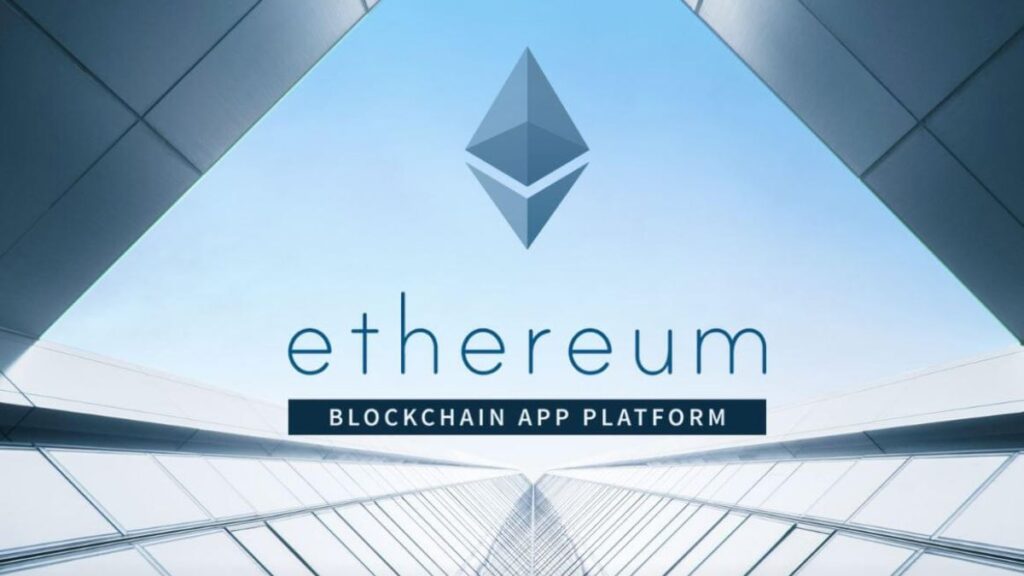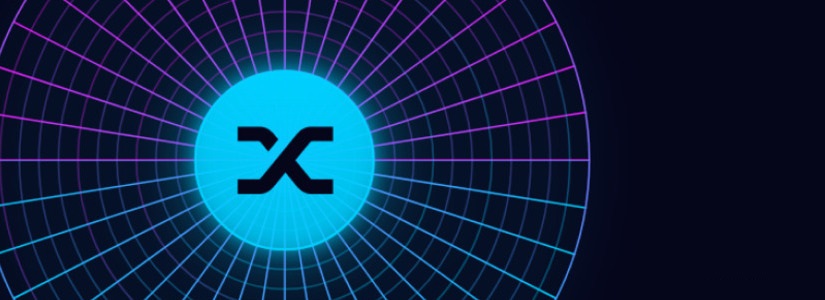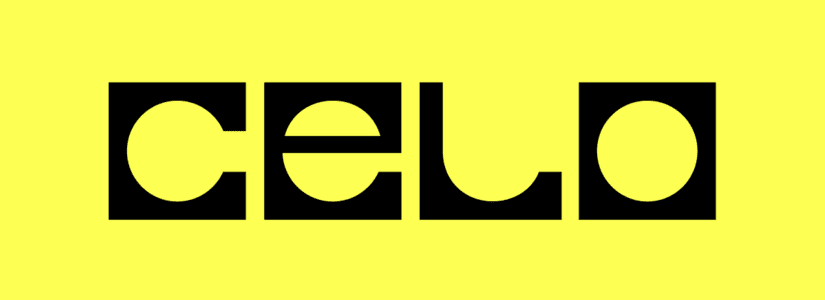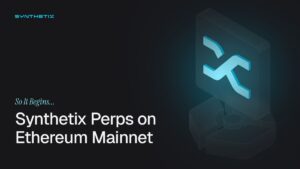TL;DR
- Synthetix, Ronin, and Celo lead “The Great Return to Ethereum,” a shift marking the end of the “ETH Killers” era and redefining the Web3 architecture.
- Ronin will cut $35 million a year in costs by becoming an Optimistic Rollup, while Celo is already saving 99.8% on security after migrating to ETH.
- Gas fees have dropped 99%, and upgrades like Fusaka and ZK-proofs are cementing Ethereum as the global settlement layer of the ecosystem.
Ethereum is entering an unprecedented phase of revaluation. After years in which multiple networks tried to compete with its infrastructure, the strongest projects in the ecosystem are returning to build on it.
Analysts have dubbed this trend “The Great Return to Ethereum.” It marks the end of the “ETH Killers” era and the definitive consolidation of the network as the settlement layer of Web3.
The Upgrades That Revived Ethereum
In recent cycles, dozens of projects left the network in search of scalability and lower costs. However, recent upgrades —along with the economic unsustainability of maintaining an independent chain— have reversed that migration. Synthetix, Ronin, and Celo are leading this return, and their decisions highlight a shared conclusion: competing with Ethereum’s security and liquidity no longer makes sense.
Synthetix Returns With V4
Synthetix, one of the pillars of decentralized finance, is returning with its V4 release after finding that liquidity on Layer 2 networks was fragmented and unstable. Its new perpetual futures DEX will run directly on Ethereum, leveraging its deep liquidity and institutional ecosystem. The mainnet offers not only greater security but also a network effect driven by a dense web of traders and protocols.
Ronin Becomes an Optimistic Rollup
Ronin, the blockchain behind Axie Infinity, has also made a decisive shift. Transitioning into an Optimistic Rollup on Ethereum will save it roughly $35 million per year in staking rewards. That capital will now fund game studios and player incentive programs, while inheriting Ethereum’s battle-tested security without the cost of maintaining its own chain.
Celo Cuts Security Costs by 99.8%
Celo’s case is even more striking. Its transition to an L2 has already cut security expenses by 99.8%, equivalent to around $7 million annually. By integrating directly with Ethereum, the mobile payments network can dedicate all its resources to product development and global expansion, free from the burden of running its own validator network.
Gas fees have fallen 99%, the upcoming Fusaka upgrade will increase the gas limit per block, and zero-knowledge proofs (ZK-proofs) now offer a secure path to massive scalability. Together, these advances eliminate the incentive to maintain separate chains.
The new era is not about competition, but convergence. Ethereum is no longer just another option —it is becoming the foundational infrastructure on which the blockchain ecosystem chooses to rebuild itself














